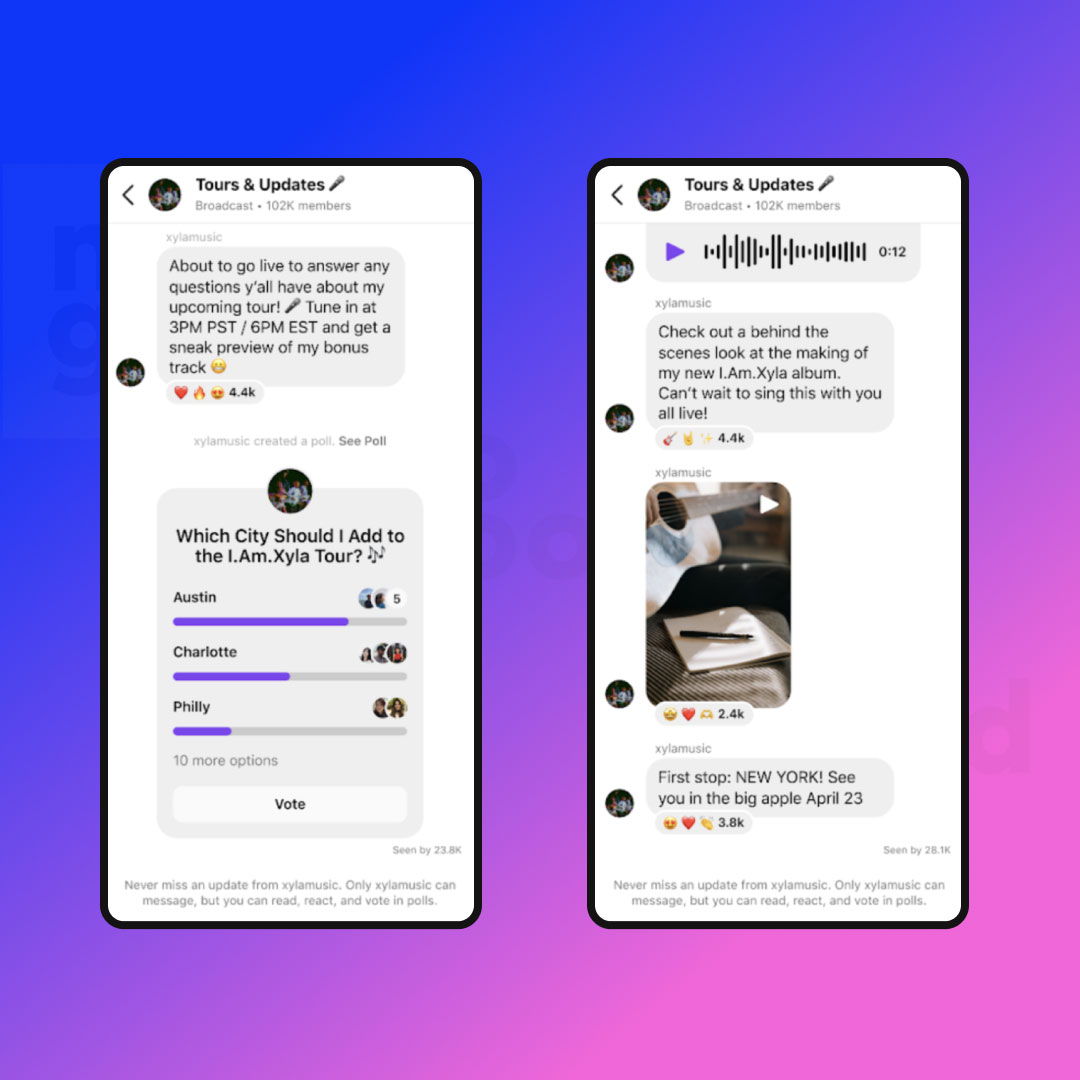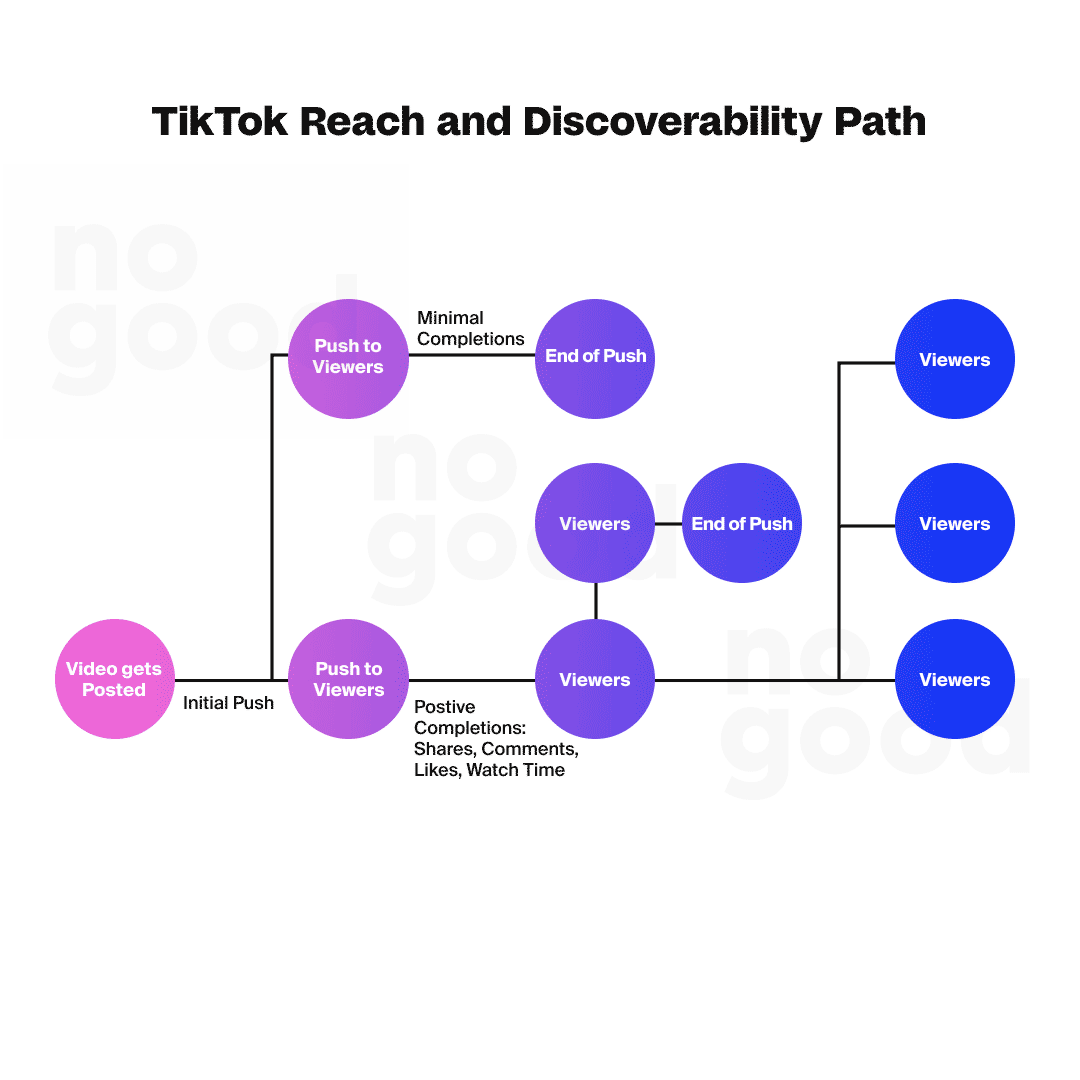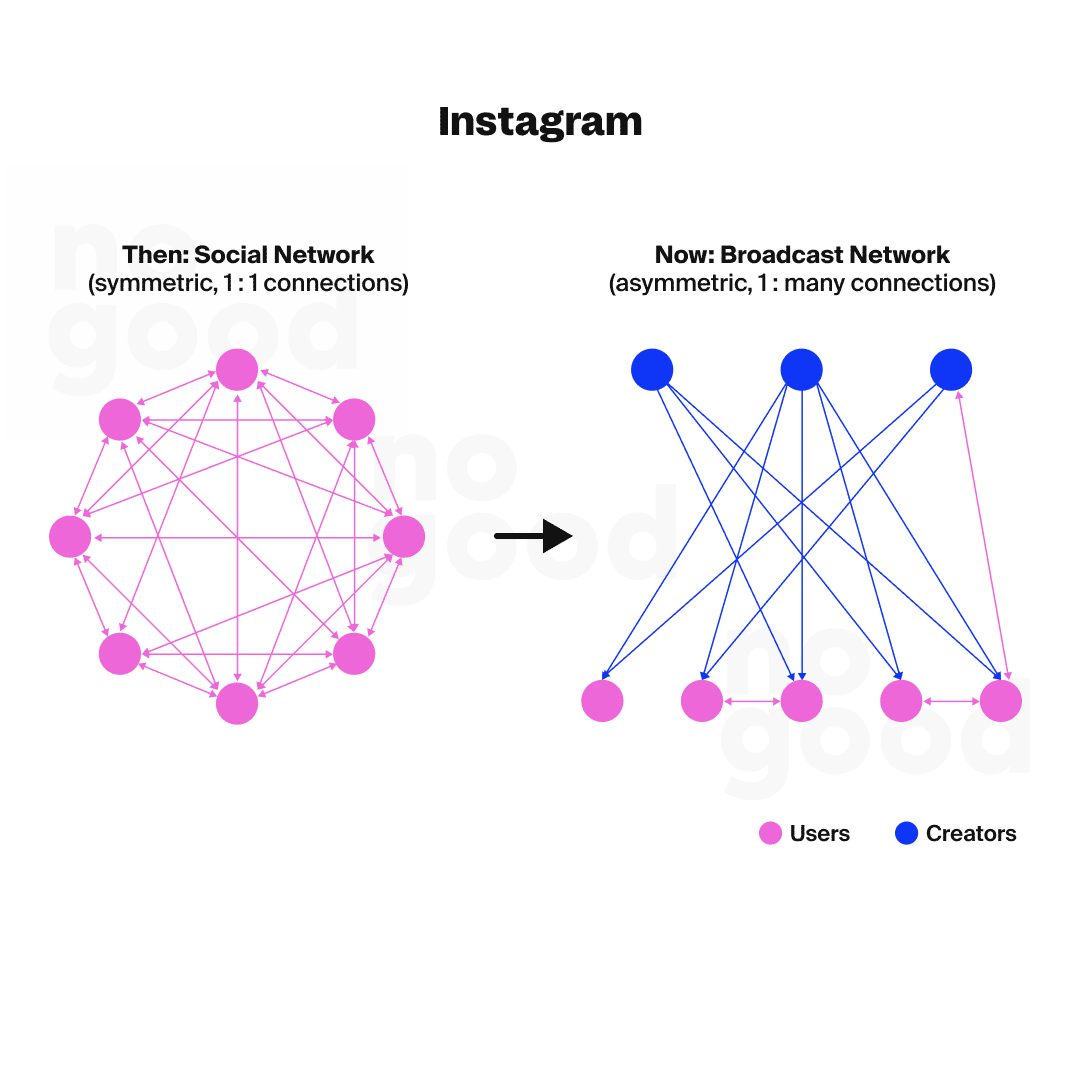TikTok forever changed the way users consume social media content. The short-form video platform was an instant hit since its introduction in 2019 and now seems to be a staple in any social media strategy. For the first time in years, the app Instagram had a true competitor. This isn’t the first time Instagram has been threatened by competition. Back in 2013, Vine, a 6-second video-first platform, had such an impact it made Instagram go from being a still image app to a video and photo app. Instagram has taken the threat of TikTok very seriously and slowly made its platform very similar to TikTok’s. Now, we have a short-form video war, and creators and brands are stuck in the middle.
Which Platform Is Better for Brands and Creators to Build a Following On?
Building a following on social media should be your ultimate goal as a brand or a creator. Getting users to want to stay connected with you and to consistently want to see your content is a sign that your content is enjoyable and you are successful at making an impact on users. But your “following” could mean something very different depending on what platform you are on.
On platforms like Instagram, following someone is a more traditional action on social media. It means you want to start seeing a specific creator’s or brand’s content in your feed moving forward and that you generally want to stay in the loop on what they post.
On TikTok, following an account seems more similar to a “like” on Instagram. Following an account doesn’t necessarily mean you are going to start seeing that person’s content in your feed. In fact, many users have complained that once they follow a creator, they rarely see their content ever again. Why would TikTok do that? Well, TikTok is a platform that feeds you content based on what type of content you have previously shown interest in, not necessarily what accounts you have decided to follow. This makes a “follow” on TikTok more of a vanity metric for many accounts. This explains why even accounts with half a million followers can still struggle to get their content in front of users. Accounts that are big theoretically should get decent engagement and views on every post — and yet some of their content will struggle to break 10,000 views. TikTok ranks your account not just on the quality of your content but on their ability to find a responsive audience for the content.
Having a large following on TikTok is very different from having a large following on Instagram. In fact, if you were to give creators a choice between having 200,000 on TikTok vs. on Instagram, most would choose the latter.
Community
Why, you ask, would creators make that choice? The reason is that Instagram followers outweigh TikTok followers simply because they are actually following your account in the most traditional way a “follow” has been perceived in social media historically — it’s a high-intent follow that was an active choice on the user’s behalf. When you post content to your page, you can count on the fact that most of the people interacting with the post (at least initially) are your followers. The platform is better designed to engage with users who seem already to be fans of your content and it’s more likely on Instagram that they will be served that content.
Instagram’s entire platform is designed to have multiple touchpoints between you and your followers. Instagram Stories, for instance, has been a huge success since their introduction in 2016 and are a great way for creators and brands to stay at the top of their followers’ pages. They allow accounts to share updates and serve mini pieces of content on a daily basis. TikTok also has introduced its own version of stories; however, the new feature continues to struggle to gain popularity despite a lot of promotion. Users remain confused about their purpose and how to use the new feature effectively.
Instagram also has a robust messaging element on its platform, which is actually where most users spend the majority of their time. For creators and brands, having an open channel of communication with followers is a great opportunity to directly engage with them and make a meaningful impact. Instagram doesn’t shy away from leaning into messaging as its strong suit: only recently, the platform announced the addition of Broadcast Channels, where creators and brands alike can create “Slack channels” or one-to-many messaging spaces to interact with their followers, send personalized messages, conduct polls, announce tours, new features, merch drops, and more — all directly to their loyal followers. While the conversations are one way for now, it’s an important step for Instagram to acknowledge their winning streak in the community space and further invest into it.

TikTok, on the other hand, has a messaging portal that is inaccessible and leaves room for more in terms of user experience and design. Messages are typically mixed in with all other notifications such as followers, likes, comments, and even system notifications. All are thrown haphazardly under the tab labeled “Inbox”. Even if you wanted to connect with followers in messages, it would be a nightmare to keep track of.
Instagram’s layout and features just make more sense as a touchpoint for a brand or creator and having an engaged and active touch point will do a lot to move the needle for whatever your goals are on social media.

TikTok vs. Instagram Messages
Reach
Reach is an extremely important metric for brands and creators, considering the only way to grow a following online is to constantly reach new audiences. Accounts that are unable to get their content in front of new people can hit a plateau with their follower growth. This is a problem that plagues almost every account at some point in their content creator career. It can last months or even years for some. Getting out of this follower hole will depend on your content, your strategy and the platform you are using.

TikTok is a platform that is built around reach and discoverability. That explains the phenomenon of new accounts having a viral video after only posting a few times. The entire platform is built around the For You page, which just throws content from thousands of random creators at you based on what it will think you like. That algorithm gets better as users use the app and soon, users start seeing content that is more in line with their unique interests and passions. Going from 0 to 10,000 followers seems an achievable goal for most users — and it could be reached with just 1 viral video (yes, we said it). There are so many examples of users unlocking tremendous growth in following in only a few months.
The reach and discoverability on TikTok are by far the best opportunities for brands and creators since the beginning of social media — but this isn’t always the best thing.
While TikTok does an incredible job sending content out to new users, not all content posted will reach audiences or even the users that follow you.
Instagram historically has been a platform based on followers — a traditional social media platform built on the notion of the social graph. Discoverability was extremely limited for years. Hashtags were one of the only ways to get your content to new users. The Instagram “Explore” page wasn’t a page that was used too often by the users. As a content creator on Instagram prior to 2021, I can accurately say that growing your account was extremely difficult.

What changed was the introduction of Instagram Reels, the short-form video-first feed that mimicked TikTok’s beloved For You page. But the rollout of this new feature was disjointed. Instagram Reels seemed like an independent app within an app. You had the option to post a Reel or just a regular Instagram video, and Reels initially didn’t seem to send your content to people who didn’t follow you due to the original “social graph” nature of the platform. Reels was meant to be a carbon copy of TikTok’s discoverability and initially, it wasn’t really working; but over the last 2 years, Instagram has really started to catch up.
Currently, the Reels algorithm does an amazing job at allowing users to share content with not only people that follow your page but also with new audiences that might find it to be interesting!
Instagram has found a happy medium between serving content to followers and to new users based on liked interests — and this has led many creators and brands to be excited once again about the potential of growth on the app. It has morphed into a broadcast network that combines user-to-user connections with one-to-many connections between users and brands.
Conclusion:
Any marketing expert will tell you it is never wise to invest all of your time and effort into a single app. Brands and creators should aim to have a presence on as many platforms as possible (as long as their audience is on these platforms). This helps diversify the audiences channel-to-channel and evolve a brand in new directions.
But to answer the question about which platform is better for brands and creators —
TikTok or Instagram…
I would ask: what are your goals? Let’s assume your goals are to build an engaged audience that you can make sure stays connected with your brand.
I would vote for Instagram.
Instagram has done a terrific job at taking the discoverability elements that made TikTok such a huge success and making it more sustainable for creators over time by having a feed that mixes follower-based content with interest-based content.
This, combined with features like Instagram Stories and the robust messaging side of the platform, makes it such a great touch point for creators and brands to stay connected with their following without having to put in the daily effort of trying to make viral video content.
On Instagram, followers can be considered less of a vanity metric.
And further, let’s assume your goal is reach, virality and discoverability.
Whether this is meant to diversify your audience or grow your presence to then move your followers between platforms, the answer is simple: TikTok. It’s the best top-of-funnel recognition and awareness channel, and it makes it possible for infinite testing, experimentation, and trial-and-error.





